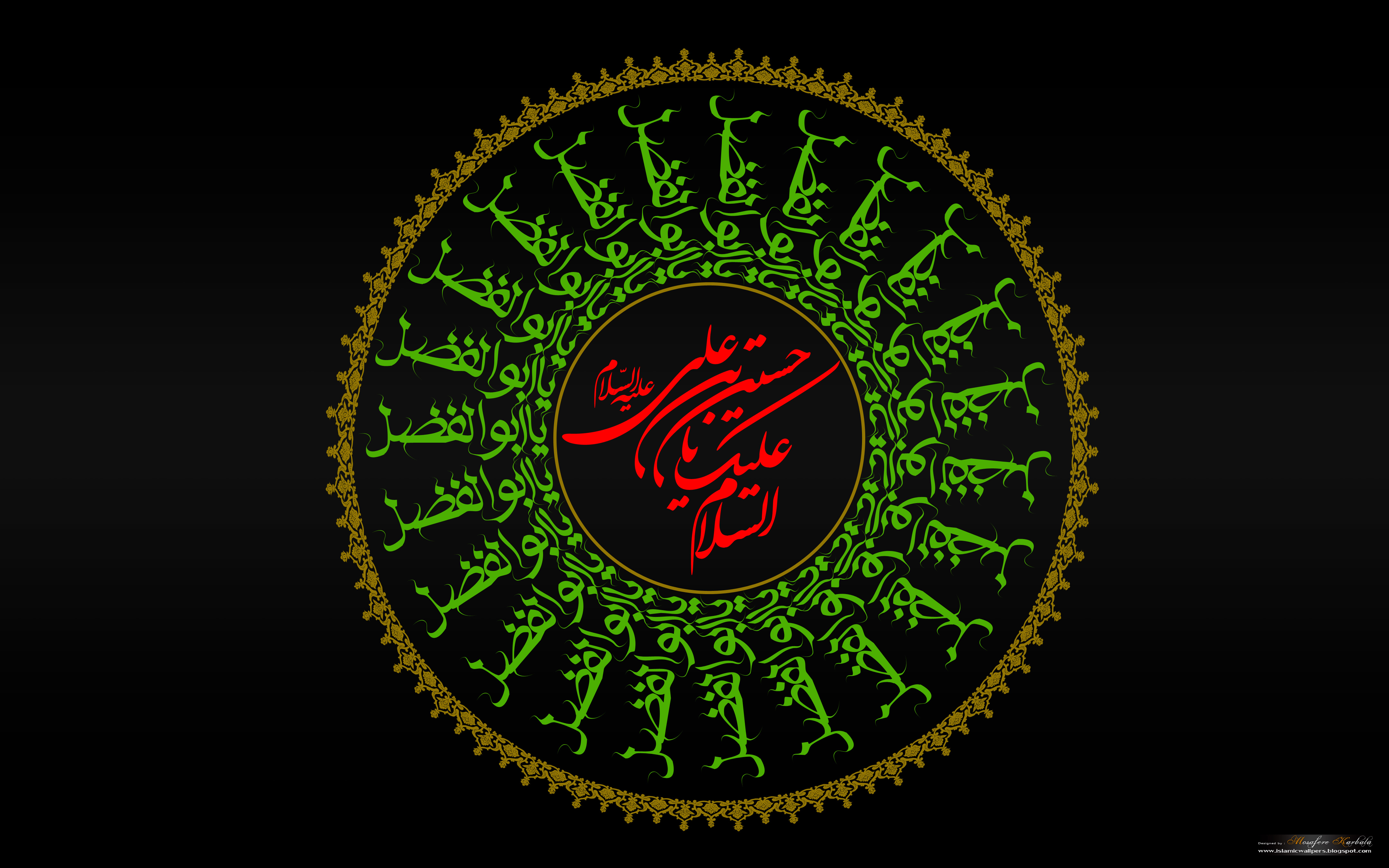Source(Google.com.pk)
High Resolution Islamic Wallpapers Biogarphy
Movements with primarily Islamic identification existed, but with less political influence. Pakistan, as an explicitly Islamic state, was unable to develop a clear constitutional self-definition. Internal divisions led to a civil war in 1971 and the secession of Bengal as independent Bangladesh. The Jama'at-i Islami continued to advocate its Islamist program and was respected but had limited political influence.
The Muslim Brotherhood in Egypt cooperated briefly with the new military revolutionaries led by Nasser, but they were suppressed in 1954. In the 1960s the Brotherhood message was reshaped into more radical terms by Sayyid Qutb, who condemned Westernized societies as being ruled by sinful ignorance (jahiliyyah) and called for jihad against existing states in Muslim societies. Qutb was executed in 1966, but his writings laid the foundation for a new generation of underground Muslim revolutionaries. During the 1970s movements like Islamic Jihad and Takfir wal-Hijrah in Egypt may have differed in doctrinal specifics from Qutb, but they followed his mode of analysis. In many areas of the Muslim world, Qutb helped to define Islamic revolution.
There were other Muslim movements of revolutionary opposition to the establishment of the nationalist and sometimes socialist states. The Darul Islam movement in Indonesia fought a jihad against the new state from 1948 until its founder's execution in 1962. In Iran the Fida'iyan-i Islam was created in 1945, advocating a strict application of Islamic law and engaging in a series of terrorist assassinations. The organization ended with the execution of its founder in 1956, but former members were a part of later militant antigovernment groups.


com.jpg)







High Resolution Islamic Wallpapers Biogarphy
Movements with primarily Islamic identification existed, but with less political influence. Pakistan, as an explicitly Islamic state, was unable to develop a clear constitutional self-definition. Internal divisions led to a civil war in 1971 and the secession of Bengal as independent Bangladesh. The Jama'at-i Islami continued to advocate its Islamist program and was respected but had limited political influence.
The Muslim Brotherhood in Egypt cooperated briefly with the new military revolutionaries led by Nasser, but they were suppressed in 1954. In the 1960s the Brotherhood message was reshaped into more radical terms by Sayyid Qutb, who condemned Westernized societies as being ruled by sinful ignorance (jahiliyyah) and called for jihad against existing states in Muslim societies. Qutb was executed in 1966, but his writings laid the foundation for a new generation of underground Muslim revolutionaries. During the 1970s movements like Islamic Jihad and Takfir wal-Hijrah in Egypt may have differed in doctrinal specifics from Qutb, but they followed his mode of analysis. In many areas of the Muslim world, Qutb helped to define Islamic revolution.
There were other Muslim movements of revolutionary opposition to the establishment of the nationalist and sometimes socialist states. The Darul Islam movement in Indonesia fought a jihad against the new state from 1948 until its founder's execution in 1962. In Iran the Fida'iyan-i Islam was created in 1945, advocating a strict application of Islamic law and engaging in a series of terrorist assassinations. The organization ended with the execution of its founder in 1956, but former members were a part of later militant antigovernment groups.
High Resolution Islamic Wallpapers

High Resolution Islamic Wallpapers

High Resolution Islamic Wallpapers
com.jpg)
High Resolution Islamic Wallpapers

High Resolution Islamic Wallpapers

High Resolution Islamic Wallpapers

High Resolution Islamic Wallpapers

High Resolution Islamic Wallpapers

High Resolution Islamic Wallpapers

High Resolution Islamic Wallpapers

No comments:
Post a Comment